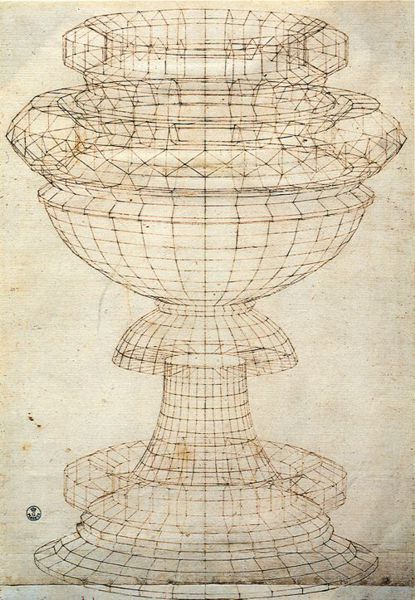Cite used: https://science360.gov/obj/video/c5be5456-2e39-49a7-8118-218868df89eb/work-energy-power
Once again breaking down another video from one of the previous mentioned cites, this video is about a theory of physics. A slapshot, one of the best representations of the game of hockey is a great example of the physic theory of work, energy, power. Energy is the power that will accelerate the puck. Both kinetic and potential energy could be used during a slapshot. Kinetic is the movement of energy, for example weight transfer or even a swing from your arm. Potential energy is the energy stored in a object, for example a hockey stick. Work is when force hits an object therefore displaces it, in this case the puck. Lastly power is the amount of work done overtime. In all, this cite will be extremely useful, because i believe this will be a good guide for me in the long term during my project.

